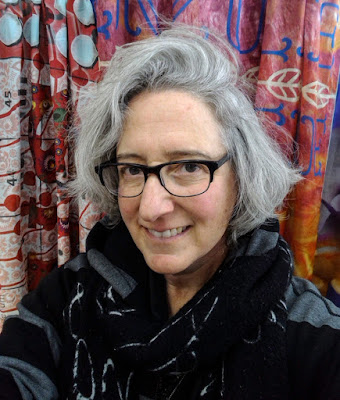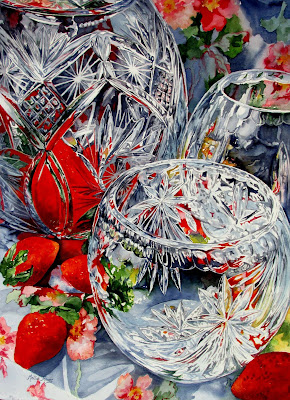I started TwirlyGirl 10 years ago as a special gift to my two daughters. I didn’t have a childhood. Years of abuse took that away. The abuse made me feel ashamed, ugly, and unworthy of feeling joy. I never felt carefree enough to twirl around in a pretty dress. So when my daughters were little, I was determined that they would have the childhood that I never had. For some reason, I had it in my mind to make them a beautiful twirly dress. I took some sewing classes and came up with a design that was both super-twirly and reversible. All the itchy seams were sandwiched so that it wouldn’t touch their skin. Because I live close to the Los Angeles Fashion District, I was able to find some amazingly soft, high quality fabrics. The whole process was pretty expensive and the construction techniques were time consuming. But so what? This was a special gift for my daughters so no expense was spared.
Naturally, my girls loved them. The minute they wore them to school and started twirling, other girls wanted them too. Other moms began asking if I would sew them for their children. I explained that it wouldn’t be cheap, but that didn’t matter to them. They saw the quality, the beauty, and the amount of joy they brought. A business was born! I called it TwirlyGirl.
Soon, a local boutique discovered my dresses and placed a big order. At first, I hand sewed them all on my dining room table. When demand outpaced me, I hired some local sewers. They were professionals who were accustomed to sewing at the industry standard. But I explained that wasn’t good enough. I really wanted these dresses to be exceptional. Here I was, a novice, training professionals how I wanted these dresses constructed. They thought I was crazy because they knew this would increase the labor costs, and generally clothing brands look for ways to decrease sewing costs. But again, it was never my intention to start a girls clothing brand. My goal was to create truly special dresses that girls would remember forever.
Today, TwirlyGirl is sold on our website: https://www.
Because of our success, we’re able to donate a portion of all sales to Childhelp, a national non-profit that helps abused children. You can learn more about my journey on this short video.
And because we value creativity and empowering children, our latest commercial was shot by high school kids!
This is Week 17 of Artists Tell Their Stories. Thank you for reading and sharing Cynthia's story today. To connect with Cynthia and see her beautiful Twirly Girl clothing, please visit the following links:





























